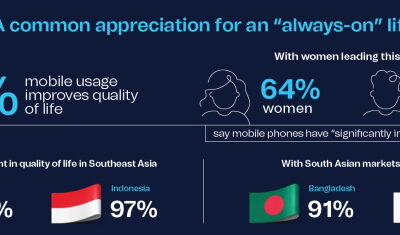
Insights + interviews
Tips For Shopping Online By Trend Micro
Trend Micro shares ways for shoppers to protect themselves online
One of the simplest ways to ensure a safer online shopping experience is to be aware of the common online threats that users face. Here are some of the basic web threats that are most frequently encountered by Internet users:
- Spam or junk mail – This seemingly harmless threat is something we all encounter almost every day. Spam or junk mail may seem like annoying mainstays of your inbox, but they can also contain dangerous links that could lead to the download of malware.
- Phishing – This is a method that involves the use of email, instant messages, social media posts, fake websites, and even phone calls to steal information. Phishing attempts are designed to look legitimate, but are used to trick people into divulging personal information or login credentials.
- Adware – These come in the form of pop-ups or web links that deliver advertisements without your permission. Though not inherently harmful, adware can display highly-targeted ads based on data collected by spyware. Essentially, they are designed to track your browsing habits.
Safeguard your online shopping a priority through the following steps:
- Connect to a secure network – Avoid using open or public Wi-Fi, as it offers attackers a bigger chance to intercept your connection and obtain your access details such as passwords and user names.
- Bookmark websites – To avoid typing in the wrong address and landing on a dangerous or phishing website, always bookmark your most trusted shopping sites.
- Avoid opening unusual emails and links – To the untrained eye, distinguishing a valid email from a fake one can be difficult. Find out if the email is dangerous by looking out for outrageous subject lines with “offers” that seem too good to be true. If you are still unsure, double check with an official source.
- Think before you click – As mentioned above, ads can be more than just pesky pop-ups. Be wary of ads that come from sites you visit, including social media sites, as malicious ads can be tailored to compel a click that can infect your system with malware.
- Install security patches and browser updates – Keeping browsers and apps updated can reduce the risk of vulnerabilities that can be exploited.
- Read your end-user license agreement (EULA) – This is a good security practice that most users overlook, but it is a great way to beef up security and avoid unwanted privacy issues. Check the EULA if the app or service you are using is monitoring your online activities, or if the software publisher is giving your information to third parties.
- Make sure the order checkout is encrypted – Hackers can easily exploit vulnerabilities to obtain personal details like your password or other information. If you are shopping online, be sure to use sites with encrypted payment forms.
- Keep track of your bank or credit statements – To ensure that no fraudulent charges are being incurred, check your statements regularly for any unverified transactions.









